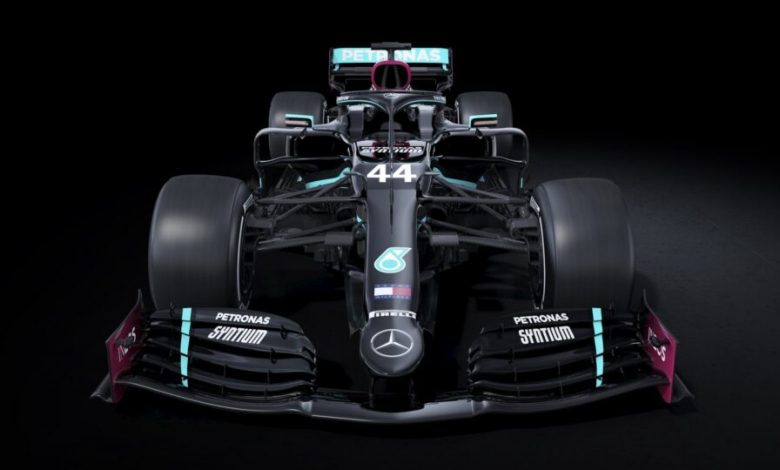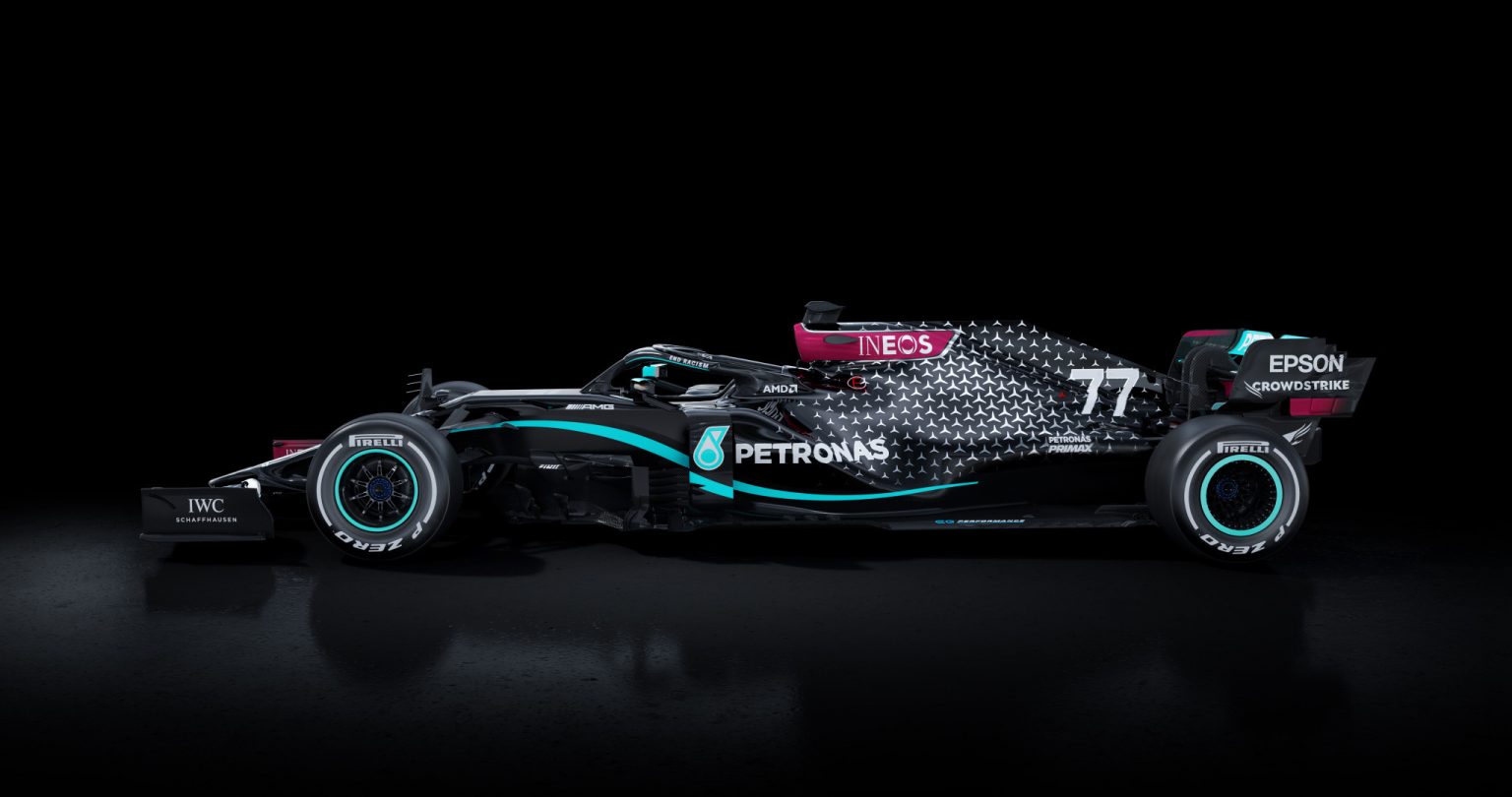Numerous automotive manufacturers have become well-known for the use of AM processes, but innovations within the racing realm have been particularly impressive and exciting. Now, new metal has been approved by the Fédération Internationale de l’Automobile (FIA) and Formula 1.
Manufactured and sold by Germany-headquartered APWORKS, Scalmalloy has already proved its mettle in other high-performance applications, such as aerospace (not surprising, since APWORKS is an Airbus spin-off now owned by Premium AEROTEC).
With this aluminum-magnesium-scandium alloy available to the Motorsport world, the Mercedes F1 racing team is expected to be a logical choice for adopting the metal in refining their world-class and potentially unbeatable car. So far, the F1 team has a history of strong teamwork and unprecedented victories as they lead with “dominance of the turbo-hybrid era.”

Additive manufacturing has made serious impacts in applications like aerospace and automotive for decades. While worldwide many individuals have just become aware of the miraculous potential held within the 3D printer, major industrial leaders have had such tools at their disposal behind the scenes for almost as long as such hardware was presented to the world back in the 80s (to assist engineers in rapid prototyping).
The APWORKS team foresees Scalmalloy available soon for other “increasingly critical applications,” due to the following features:
- High tensile strength (UTS 520 MPa)
- Yield strength (480 MPa)
- Low density and ductility (elongation of 13 percent)
- Corrosion-resistance
- Microstructural stability
Because Scalmalloy was developed in collaboration with Airbus (former owner of APWORKS) for aerospace parts, the materials are highly optimized for nearly any other application like motorsports; in fact, the manufacturers expect that, due to the quality of their new material, industrial users may be able to create parts that were previously impossible with traditional methods. This is a common benefit in using AM processes overall—especially with the ability to create prototypes and functional components that are lighter in weight but still incredibly durable. The combination of strength and low density also allows for better distribution when meeting regulated weight limits, and the initial prototypes allow for easy testing of fit and form.
Luxury vehicle manufacturers such as BMW and Rolls Royce have been using AM processes for prototypes and a wide range of parts, along with other new companies making headlines as they promise fast turnaround and affordability for vehicles that are almost completely 3D printed. Such processes are also impacting the electric car industry, as well as electric bikes.
For race cars though, many different users have taken the leap to create high-performance parts for winning vehicles. Much of the allure for these types of users is the ability to design, prototype, and print independently without waiting on a middleman to deliver, as well as losing time while changes are made.
Subscribe to Our Email Newsletter
Stay up-to-date on all the latest news from the 3D printing industry and receive information and offers from third party vendors.
You May Also Like
Profiling a Construction 3D Printing Pioneer: US Army Corps of Engineers’ Megan Kreiger
The world of construction 3D printing is still so new that the true experts can probably be counted on two hands. Among them is Megan Kreiger, Portfolio Manager of Additive...
US Army Corps of Engineers Taps Lincoln Electric & Eaton for Largest 3D Printed US Civil Works Part
The Soo Locks sit on the US-Canadian border, enabling maritime travel between Lake Superior and Lake Huron, from which ships can reach the rest of the Great Lakes. Crafts carrying...
Construction 3D Printing CEO Reflects on Being Female in Construction
Natalie Wadley, CEO of ChangeMaker3D, could hear the words of her daughter sitting next to her resounding in her head. “Mum, MUM, you’ve won!” Wadley had just won the prestigious...
1Print to Commercialize 3D Printed Coastal Resilience Solutions
1Print, a company that specializes in deploying additive construction (AC) for infrastructure projects, has entered an agreement with the University of Miami (UM) to accelerate commercialization of the SEAHIVE shoreline...






























